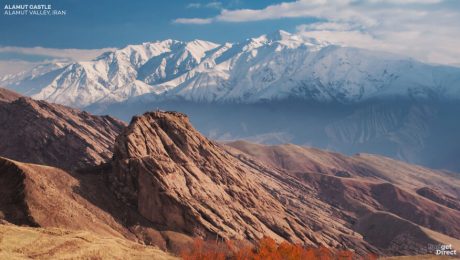Year 2022-23 Budget taxes and impact on Real Estate sector of Pakistan
Finally, Pakistan’s highly anticipated Budget taxes for the years 2022-23 is here, and as expected, there have been some major policy changes in the financial bill for 2022-23, especially in relation to the real estate sector. If you are confused about how new taxation in the budget will affect the real estate sector, I will try to explain most of them in this blog.
To understand the real impact of taxes in Budget 2022-23 on real estate, we will have to divide the real estate sector into 3 segments. The Government did the same. This was especially done to promote some segments of real estate and discourage investment in others. While some policies affect all three segments, others don’t and that’s why we need this segmentation, as it will help us understand where to invest in the coming year.
- Sector of plots and files, where there is no construction on the land.
- Construction sector like houses etc.
- Tall apartments etc.
The Government of Pakistan, in budget 2022-23 has announced three major policies regarding taxation of these segments. Don’t worry if you can’t understand them now, because I’ll explain them one by one:
- The withholding tax was revised for all three segments.
- Capital gains tax and its implication have been revised for all of the above segments.
- Real estate will be taxed on a considered rental income basis above 25 M.
Increase in withholding tax
Withholding tax is paid by the buyer of the property before they deliver the plot on their behalf. This is the only common factor that will affect all three properties similarly. In the Budget 2022-23 Government increased the withholding tax to 2% for archivists and 5% for non-declarants from 1% and 2% for archivists and non-declarants previously.
This is a significant increase, especially for non-filers. This will significantly increase the cost of transferring plots as follows:
Suppose that any property, whether it is land, house or apartment in Pakistan, has an FBR value of 1 crore, then the change in the withholding tax will be as below:
According to previous rates:
File would pay: 1 Lacquer as tax
Non-declarant would pay: 2 Lacquers in tax.
According to revised rates after July 1, 22:
Filer would pay: 2 Lacs tax
A non-declarant would pay: 5 Lacs tax.
Impact on real estate:
Generally, an increase in withholding tax means an increase in transfer costs and the real estate market views an increase in transfer costs as a negative factor for real estate.
However, in this case, I don’t see this as a major reason to impact or trigger a real estate trend. This is a one-time cost and although it will discourage short-term trading, it will be acceptable for most investors.
Capital Tax and its implications:
This is where tax policies are different for all three segments of real estate that we described at the beginning of this blog. Let’s first understand what CGT is, CGT means capital gains tax, this tax is applicable only if you have made a profit from your real estate investment.
- Plots/files: CGT will apply if you sell land 6 years ago, and are exempt after 6th year.
- 15% CGT where the holding period does not exceed 1 year.
- 12.5% CGT where the holding period exceeds 1 year but does not exceed 2 years.
- 10% CGT where the holding period exceeds 2 years but does not exceed 3 years.
- 7.5% CGT where the holding period exceeds 3 years but does not exceed 4 years.
- 5% CGT where the holding period exceeds 4 years but does not exceed 5 years.
- 2.5% CGT where the holding period exceeds 5 years but does not exceed 6 years.
- 0% CGT where the holding period exceeds 6 years.
- House / built property: CGT will apply if you sell a house 4 years ago, and are exempt after 4th year.
- 15% CGT where the holding period does not exceed 1 year.
- 10% CGT where the holding period exceeds 1 year but does not exceed 2 years.
- 7.5% CGT where the holding period exceeds 2 years but does not exceed 3 years.
- 5% CGT where the holding period exceeds 3 years but does not exceed 4 years.
- 0% CGT where the holding period exceeds 4 years.
- Apartment/hill: 15% CGT will apply for the first year and 0% tax from the 2nd year.
- 15% CGT where the holding period does not exceed 1 year.
- 7.5% CGT where the holding period exceeds 1 year but does not exceed 2 years.
- 0% CGT where the holding period exceeds 2 years.
Impact on real estate of Pakistan
As you can see clearly the focus of CGT is unproductive assets like plots and files, while the impact on the construction or building sector such as houses etc has hardly been reviewed, in addition, the apartment sector has been encouraged.
La FBR team openly stated that the reason for adopting this policy for CGT is to encourage people to invest in flats and vertical growth and therefore we can safely assume that future policies of the Government will also be in a similar direction.
Considered rental income on the unproductive property:
Now, this is a new name for wealth tax and the only real purpose for this tax is unproductive properties, such as plots and files. FBR imposed 1% Deim Tax according to the FBR value on the unused/additional property worth more than 25 M. This includes unused houses, plots of land, farmhouses, or any landed property that has a value above 25 M but does not create a regular income. The Government has estimated the income from the such property at 5% per annum, of which 20% will be taxed, which turns out to be 1% of its FBR value.
The house in which you live is exempt from this tax except that 25 M value of the property is also exempt from it. Some of the important things to keep in mind about this supposed rental tax are as follows:
- Your personal house is exempt from this tax.
- It will be levied on the collective FBR value of all your plots, for example, if you own 10 plots that have a collective FBR value of 100 M, the first 25 M will be exempt from tax and the remaining 75 M will be taxed at 1% of FBR value which amounts to 7.5 lacquers per year.
- If you have a built property, house, business, etc. that is not rented, you will have to pay the estimated rental income tax on it.
The main purpose of this tax is for the richest among us who invest in dozens of plots of land that do not produce rental income and houses that they have rented etc but do not declare their rental income.
In addition, this tax also applies if a property is rented as follows:
- If the tax under section 15 of the income tax prescription is more than the tax under this section, then no further tax will be charged.
- If the tax under section 15 of the income tax return is less than the tax under this section, then the difference in amounts shall be paid under this section.
Impact on Pakistani real estate:
The plot sector will get the most success because they do not produce any rental income and therefore will become liable. The people who have accumulated such wealth can certainly pay this amount of tax, but future investment in non-rent producing real estate will certainly be a great success.
While the smaller societies for the lower middle and middle class, can show some resilience and turn out untouched. Wealthier societies, such as DHA, and Bahria Town, where investors have invested huge amounts, will tremble. And after the big boys fall, the impact will be felt in the smaller societies as well.
The focus is to discourage investors from holding more than 25M of unproductive assets such as plots, files, houses, farmhouses and so on.
Analysis:
The current Pakistan budget for 2022-23 and its impact on real estate will be as follows:
- It is very negative for land, files, farmhouses or any other unproductive property, so I will assume that if these policies remain unchanged, we will enter a downturn in this segment.
- For buildings built on the waterfront such as houses or commercials, it is a good budget because most things are unchanged and the continuation of policy is always good.
- The apartment sector was highly motivated with exemption from CGT after the second year and in addition if rented as built-in property, considered rent income tax also does not apply as long as you pay tax according to section 15 of income tax. This is the sector that will attract the most investment under these new policies.
That is why I believe the Government wants investors to shift real estate trading and investment to apartments and high-rise buildings or to real businesses and industry.
You should also remember that the DC values are expected to be reviewed by the provincial government as well.
Recommendation:
I warn against such a move by Govt to target unproductive assets like plots and files etc since the second half of 2021. The real target is wealthy people as investors who only hold 25 M values per FBR value in addition to their value. homes are exempt from certain taxes.
The current budget is clearly in line with the IMF and FATF plans to discourage investment in plots and files that are considered unproductive assets.
You now have three options if you want to make money in real estate.
- Move your investments to apartments/elevators.
- Invest in rental farms.
- Expect a miracle for the Government to withdraw from these policies.
Also, if you want to read more informative content about construction and real estate, keep following Feeta Blog, the best property blog in Pakistan.
Year 2022-23 Budget taxes and impact on Real Estate sector of Pakistan
Graphic Designers Show What 6 Asian Castles Looked Like Before Falling Into Ruins
You definitely want to travel before this point, so the best we can do is offer you a way to discover something new and exciting without leaving your home. This time it is the largest and most populous continent, Asia, with its 45 million square kilometers of deserts, mountains, plateaus, plains and jungles that carry the history of ancient civilizations. Budget Direct has decided to digitally rebuild 6 castles that have become ruins over the years across five countries in Asia. The architectural wonders of Asia restore their former glory right before our eyes.
This is the newest project in the series of reconstructions by Budget Direct: the team has previously revived European castles, Ancient Wonders and UNESCO-protected heritage sites.
“In 2020, millions of people around the world will be stuck at home, and even in 2021, there are many travel restrictions still in place. To support those looking for inspiration on a travel chair, Budget Direct has decided to bring back some of the most awesome castles from all over Asia. The team started by making a long list of castles in Asia and then limited these to those that had resources available for us to digitally readjust.
They then chose the castles with the most architectural marvel from across the continent to rebuild. The team has been working with researchers, architects and digital designers to bring these ancient castles into the 21st century. ”
So sit back, relax, and start the virtual journey! And hopefully, you’ll find out something new along the way today.
Alamut Castle, Alamut Valley, Iran
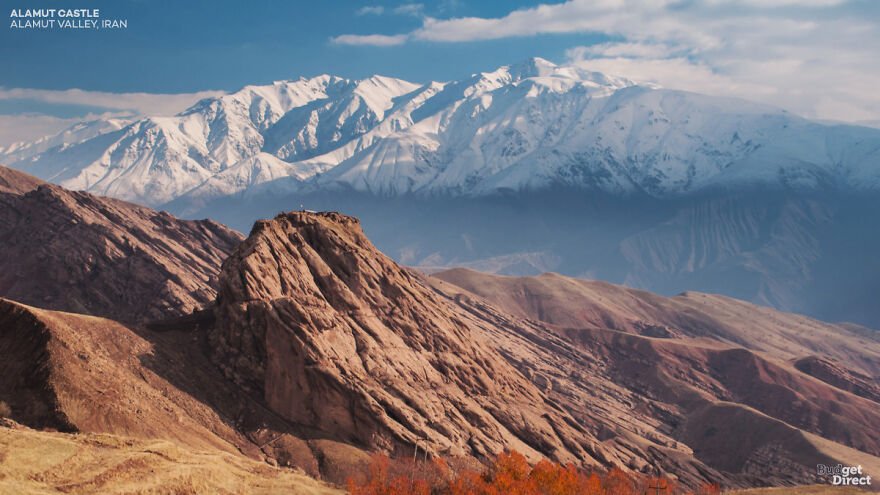
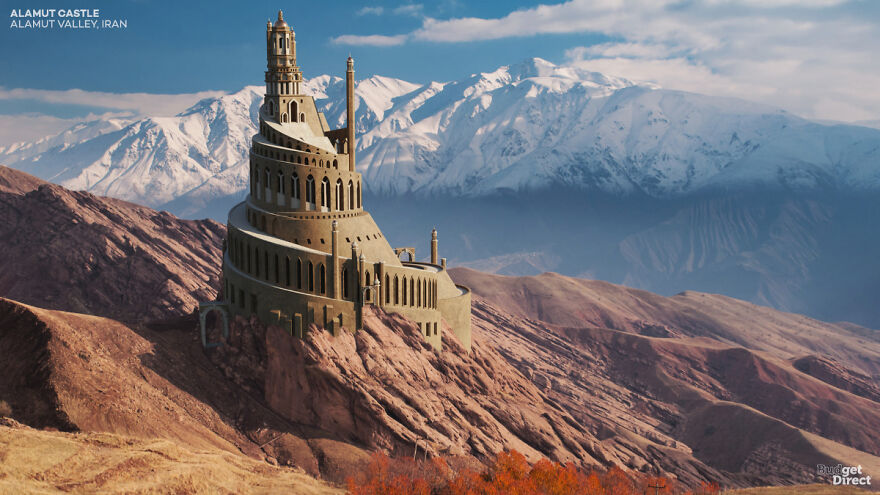
In 1090, Imam Hassan-i Sabbāh allegedly conquered the castle without shedding a drop of blood. The new state secured its power through targeted attacks on enemy leaders. Those who carried out these attacks were contemptuously called “Hashashin” (“tumultuous grass”), thus giving birth to the word “Assassin”. Ironically, Alamut’s fame caused its demise; its various conquerors demolished the castle while searching for a legendary assassin.
Alamut Rock is a popular day trek that offers a lookup view of the surrounding country. However, not much remains of Alamut Castle itself; its few surviving stone clouds are covered in scaffolding while the Iranian government tries to partially restore it for tourists.
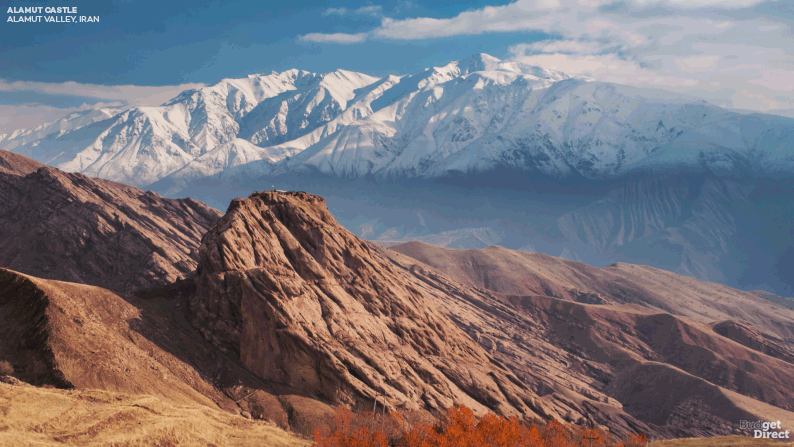
The Old Summer Palace, Beijing, China
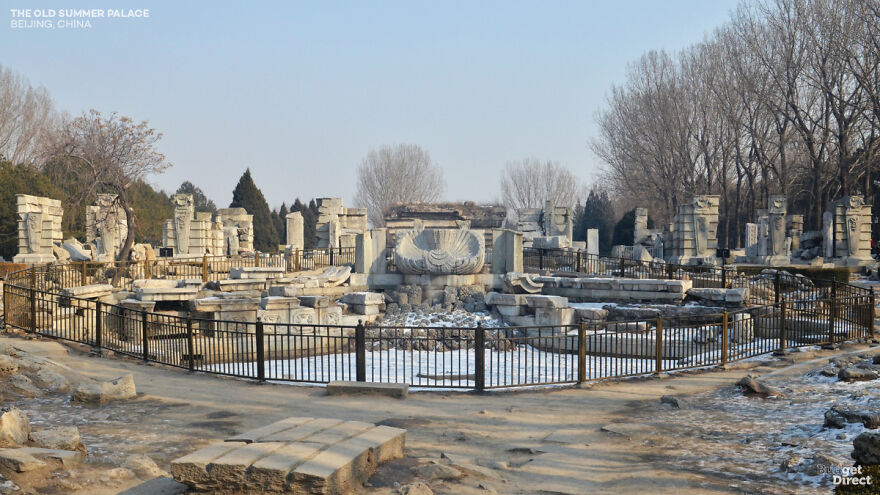
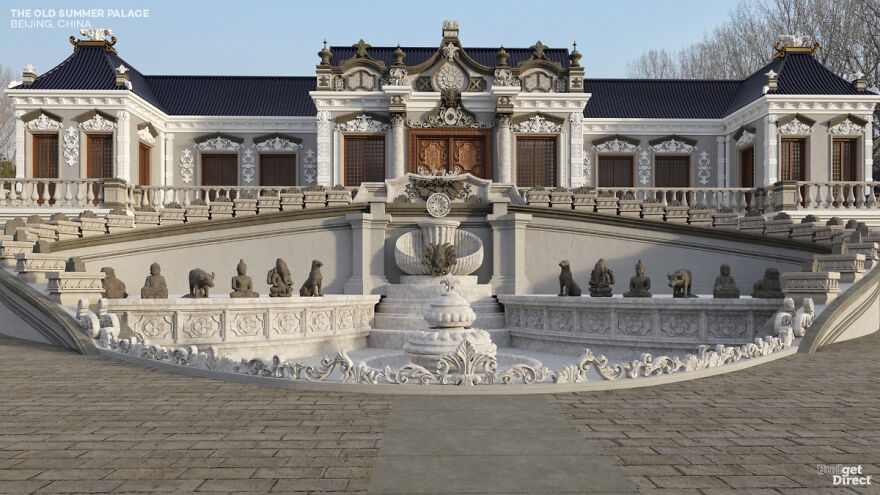
Yuanming Yuan – known in the Western World as the Old Summer Palace – was not a single building but a 3.5 square kilometer complex of palaces, lakes, gardens, towers and sculptures. The pride of the Qing dynasty, Yuanming Yuan, was largely destroyed by British and French troops in retaliation for the death of a British envoy during the Second Opium War. Further destruction occurred during the Boxer Rebellion and the Cultural Revolution.
We chose here to rebuild Haiyantang from the Yuanming Yuan (The Palace of Calm Seas). In front of a two-story Western-style palace, a water clock surrounded the 12 animals of the Chinese Zodiac. Today, the Martian ornament of the fountain sits within the contour of its former depression, backed by a spaced view of fallen palace columns.
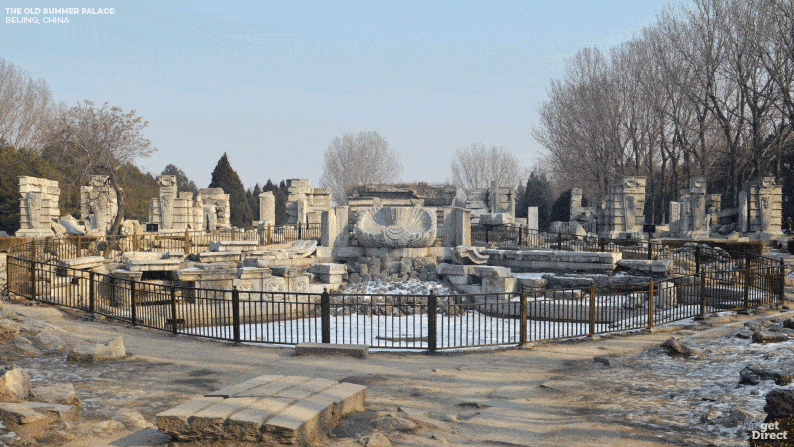
Hagi Castle, Hagi, Japan
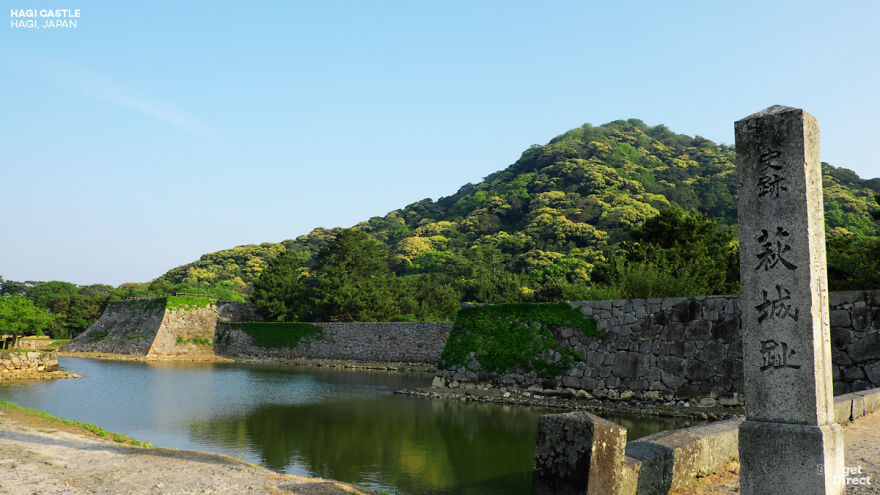
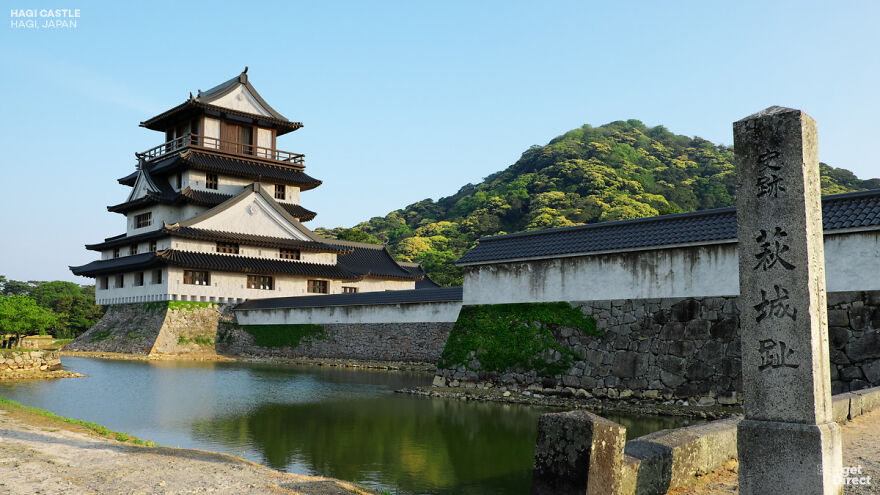
The Mōri Samurai clan lost to Tokugawa in the Battle of Sekigahara, and as a result, had to rebuild their capital in the small seaside town of Hagi. The Mōri got their revenge, however. The castle became the capital of the Chōshū Domain, which was instrumental in the final overthrow of the Tokugawa Shogunate. Ironically, the castle was dismantled by the new government in 1874 as part of a policy of centralization and modernization.
Hagi was very awesome at the time. Multiple galleries and walls protect the surrounding land, many of which are still visible. The main wooden fort has been dismantled, but its stone base and part of its moat stand. Higher up the mountain, the remains of a reserve fort can be found.
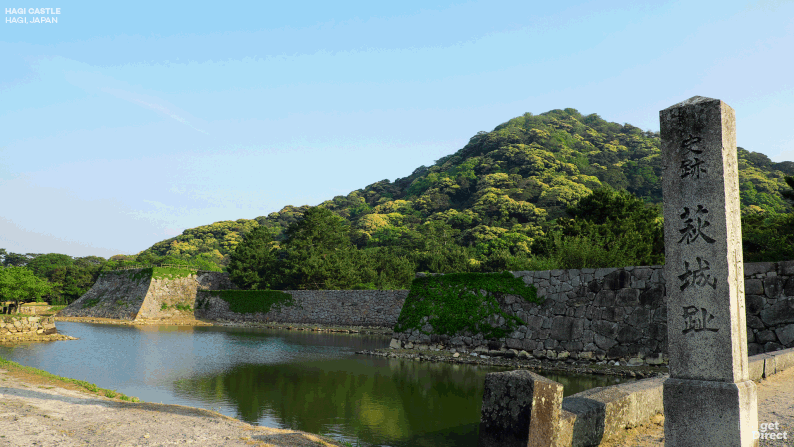
Ghazni Citadel, Ghazni, Afghanistan
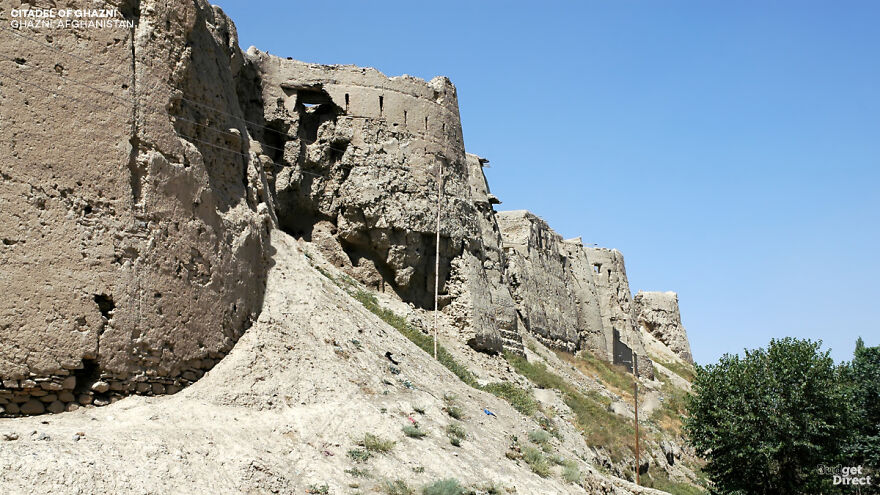
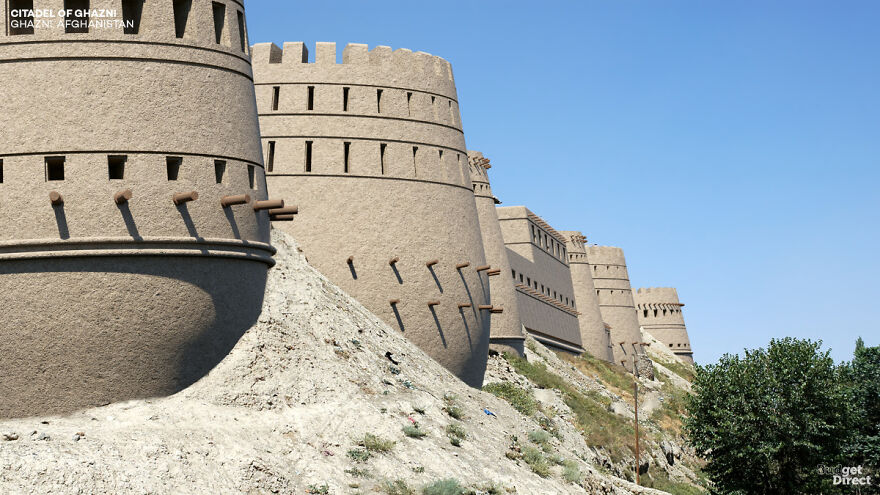
The former slave Sebüktigin received the governorship of Ghazni in 977, but he promptly rebelled against his ruling Iranian rulers to found the Ghazni Empire. Ghazni became the war point of Afghanistan, sought after by the VIP conquerors from the history of Timur (Tamerlane) to the Mongols. When the citadel was famously conquered by the British in 1839, Afghan leadership had to flee Kabul. It was also used as a U.S. military base after 2001.
The remains of the citadel rest on a central hill above the walled city. However, neglect, war and weather severely damaged Ghazni. 14 of its original 32 towers have collapsed, one recently as 2019. Today, Ghazni’s walls, towers and citadel are in danger of being lost permanently to the weather winds.
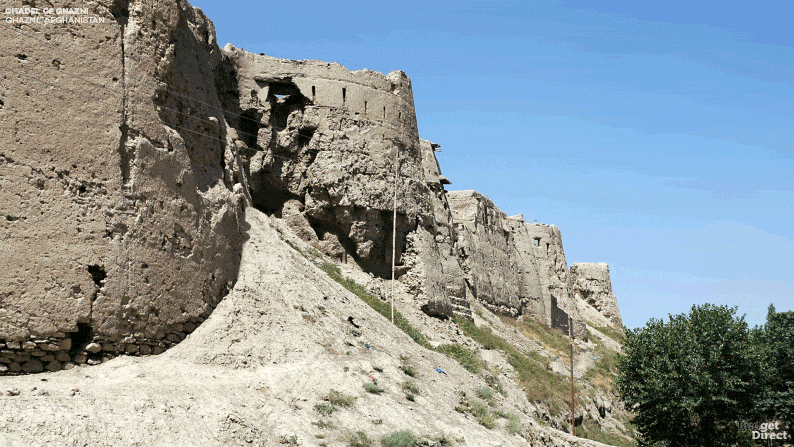
Raigad Fort, Raigad, Maharashtra, India
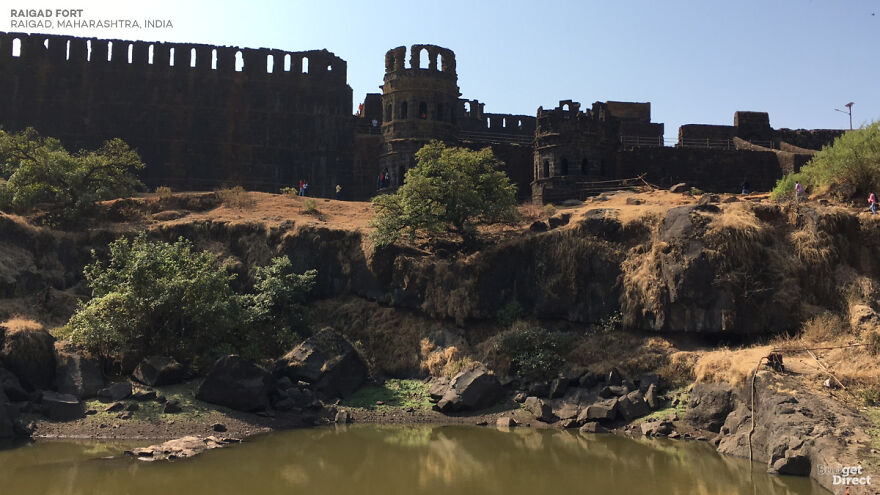
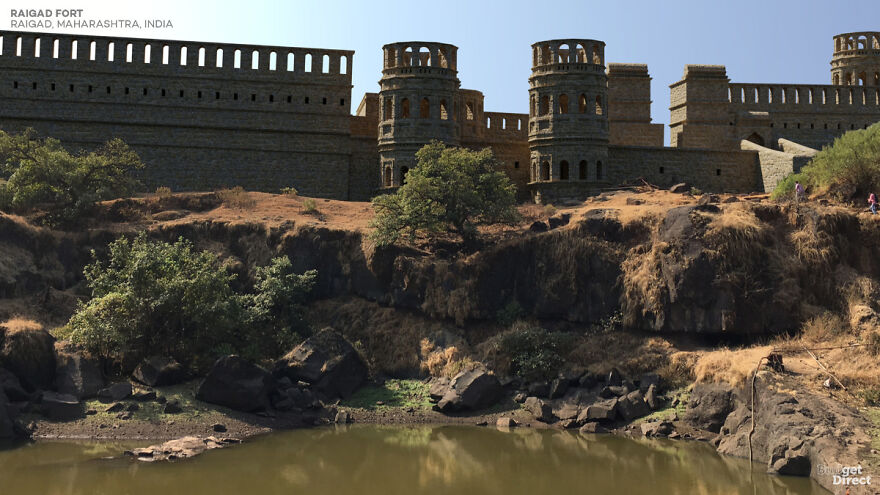
Although parts of the structure date from 1030 AD, the already imposing fortifications of Raigad were expanded by Shivaji Maharaj. Shivaji was crowned Chhatrapati (“Umbrella Lord”) here in 1674, establishing the Marathan Confederacy as opposed to the Mughal Empire. The Confederacy ruled Raigad until its destruction by the British East India Company in 1818.
The main entrance to the castle is 820 meters above sea level – a climb of 1737 steps. (Luckily now there is an aerial tramway.) Visitors can still look at the remains of two of the three watchtowers, several reservoirs, stone trading booths and a famous wall called Hirakani Buruj.
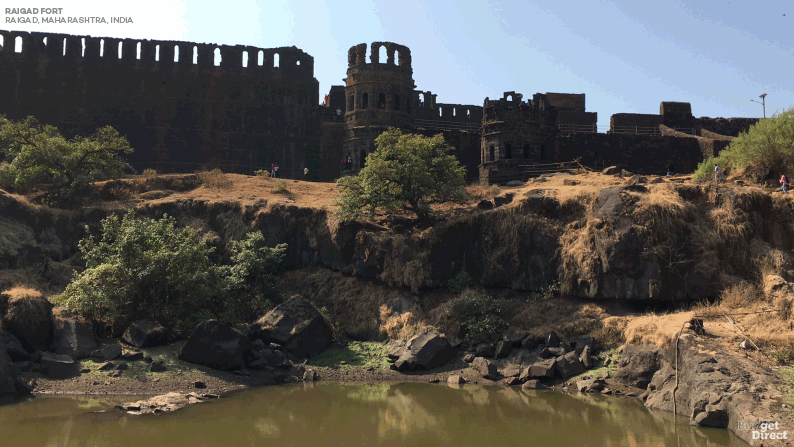
Takeda Castle, Asago, Hyogo, Japan
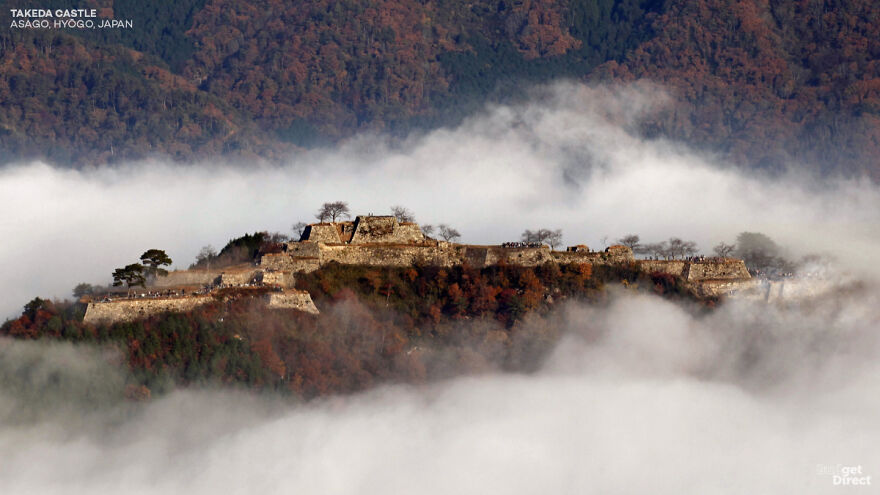
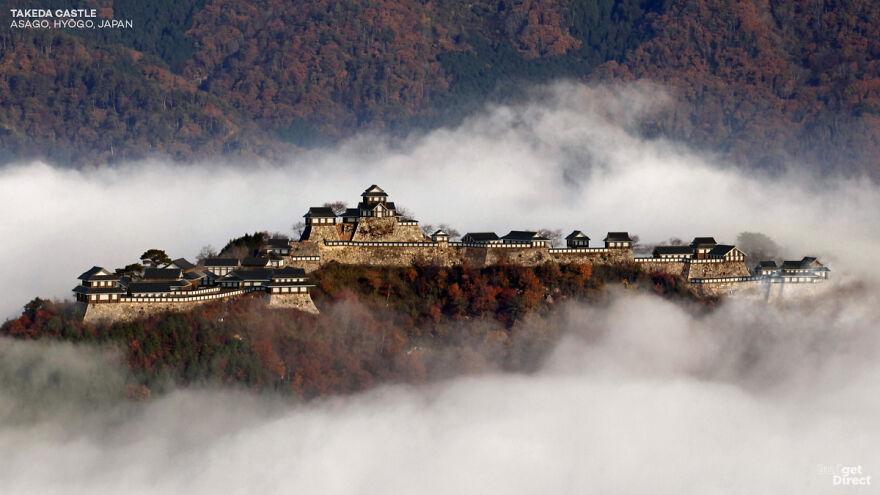
Takeda was built in the 15th century by “the Red Monaco” – a man partly responsible for plunging Japan into the century of chaos known as the Sengoku period. The fort was later conquered by Toyotomi Hideyoshi during a reunion. After Hideyoshi’s death, the new shogun Tokugawa Ieyasu accused the final lord of the castle of arson during a pivotal battle. From here Takeda decayed.
Today the ruins of the castle sit 353 meters above sea level. Although no buildings remain standing on the mountain itself, a row of temples has survived at the base. The stone foundations of the castle are well preserved, having undergone minor restorations in the late twentieth century. Due to a seasonal fog that fills the valley, some mornings Takeda seems to float above the clouds.
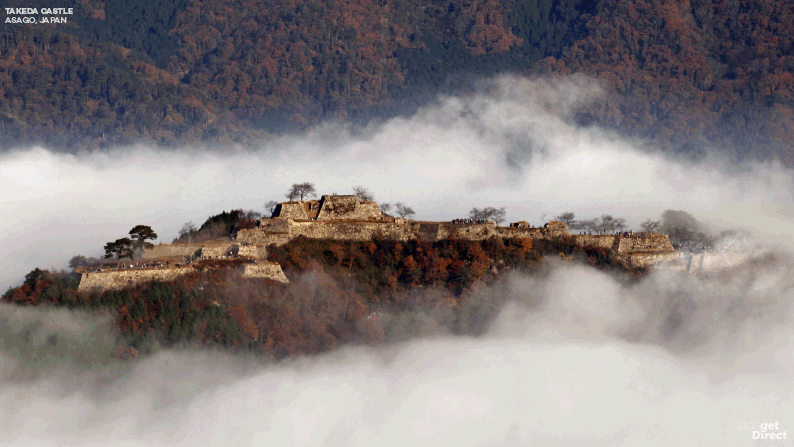
Watch this space for more information on that. Stay tuned to Feeta Blog for the latest updates about Architrcture, Lifestyle and Interior Design.
Graphic Designers Show What 6 Asian Castles Looked Like Before Falling Into Ruins
- Published in Architectural Heritage, architectural wonders, Architecture, Asia, asian castles, asian history, Budget Direct, castles in asia, castles reconstructed, culture, digital art, full-page, Graphic Design, heritage, History, Homepage featured, ruined castles rebuilt, ruined castles restored, ruined catles, travel, travel destinations, travel destinations in asia



